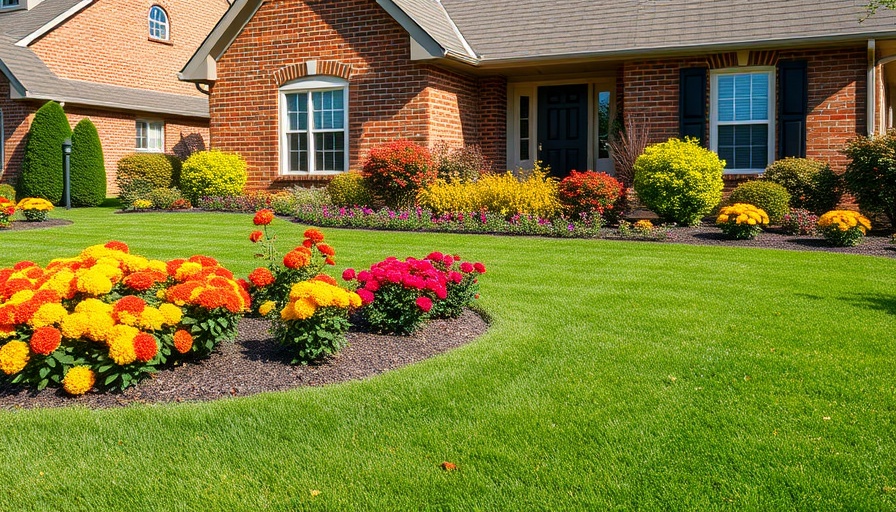
Why Fall Fertilization is Key for a Thriving Lawn
As summer fades and autumn approaches, many homeowners forget that their lawns need attention. Fall lawn fertilization should be a focal point of any sustainable landscaping strategy, particularly on Long Island, where the changing seasons present unique challenges. The beauty of a vibrant lawn next spring begins with the choices we make this season.
Seasonal Benefits of Fertilization
Autumn is a transformative period for grass growth. After enduring the summer's heat stress and foot traffic, lawns are ready for recovery. Fall presents cooler temperatures and increased rainfall, creating optimal conditions for root development. Unlike summer, when growth occurs primarily above ground, fall allows grass to focus on strengthening its roots—a vital process that should not be overlooked. By providing essential nutrients during this period, homeowners can enhance their lawn's ability to survive winter while preparing it for robust growth come spring.
The Right Fertilizer Strategy
Choosing the correct fertilizer is nuanced and requires understanding the specific needs of individual lawns. For effective results, consider conducting a soil test. This practice helps identify nutrient deficiencies and pH levels, guiding you in selecting the appropriate fertilizer. Applying the right blend with professional equipment ensures even coverage and effective nutrient delivery, eliminating the risks often associated with DIY methods. Timing is also crucial; fertilizing between early September and late October maximizes benefits, setting the stage for a healthy lawn.
Root Development: The Hidden Power of Fall Fertilization
At this time of year, a lawn's vitality lies beneath the surface. Strong, deep roots are essential for drought resistance and overall lawn health. With proper fertilization, grass develops an extensive root system that can withstand harsher winter conditions and emerge greener and fuller in spring. A solid root foundation also minimizes the necessity for excessive watering, weed control, and other maintenance issues later in the season.
Comprehensive Lawn Care Practices
Fall fertilization should not be viewed in isolation. It is an integral part of a holistic lawn care program. Providing additional services such as aeration, overseeding, and compost topdressing maximizes the impacts of fertilization. Aeration helps alleviate soil compaction, enabling nutrients better access to the roots. Overseeding introduces resilient grass varieties that will thrive in the nutrient-rich environment, while compost topdressing enhances soil biology, ensuring fertilizers function more efficiently. This comprehensive approach can save time and money in the long run by proactively addressing lawn health.
Tips for Homeowners
To optimize fall fertilization, homeowners should keep a few key practices in mind:
- Start with a soil test to understand your lawn's specific needs.
- Choose a fertilizer blend suited for fall application, focusing on high phosphorus content for root development.
- Utilize professional services for application to ensure proper techniques are followed.
- Consider complementary practices like aeration and overseeding to bolster the effectiveness of your fertilization.
By taking these steps, you can prepare your lawn not just for winter but for a stunning spring revival.
Every homeowner has the potential to cultivate a lush lawn that serves as a sanctuary for family and wildlife alike. The journey toward a vibrant landscape begins with understanding and implementing effective lawn care strategies during this crucial fall season.
 Add Row
Add Row  Add
Add 




Write A Comment